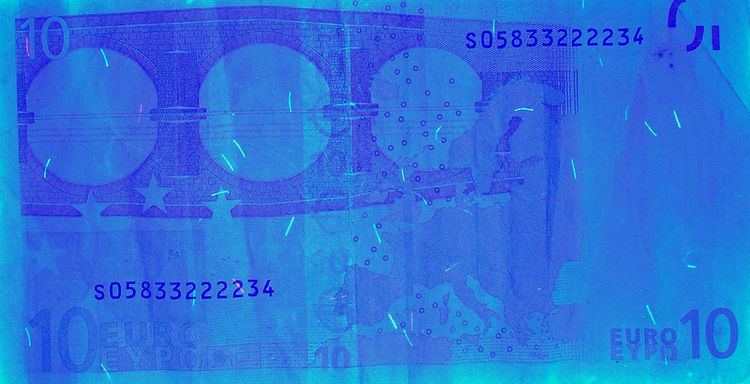 | ||
The term Hylemetry is the composition of the two Greek words Hyle and Metros. For Aristotle the term ὕλη (hyle) meant non-living matter; therefore, the hylemetric authentication may identify the procedure for the identification of an inanimate object. Since biometric identification has given excellent results, it comes naturally to apply similar criteria to uniquely identify “non-living matter”, as for instance banknotes. The term Hylemetry was invented by G. Schirripa Spagnolo in 2008. It was used for the first time in international context in the 2010 referring to the usage of Hylemetry for banknote authentication by G. Schirripa Spagnolo, L. Cozzella and C. Simonetti.
Contents
Process
The hylemetric approach is based, as for biometry, in the identification of a unique random characteristic, used to create a template, which can uniquely identifying the object. In theory, every random and irreproducible characteristic could be used in hylemetric identification. However, a valid feature also needs the following properties:
Banknote authentication
A typical example is the security metallic fibers distributed inside banknotes. These, as can be seen in the image (right), are put inside paper pulp during the making of banknote paper, so their distribution and number is absolutely random. It is possible to create a Hylemetric Template, which uniquely identifies a particular banknote, starting from the analysis of the fibers distribution. This approach is also valid for all non-living matter, after having identified one or more correct characteristics.
